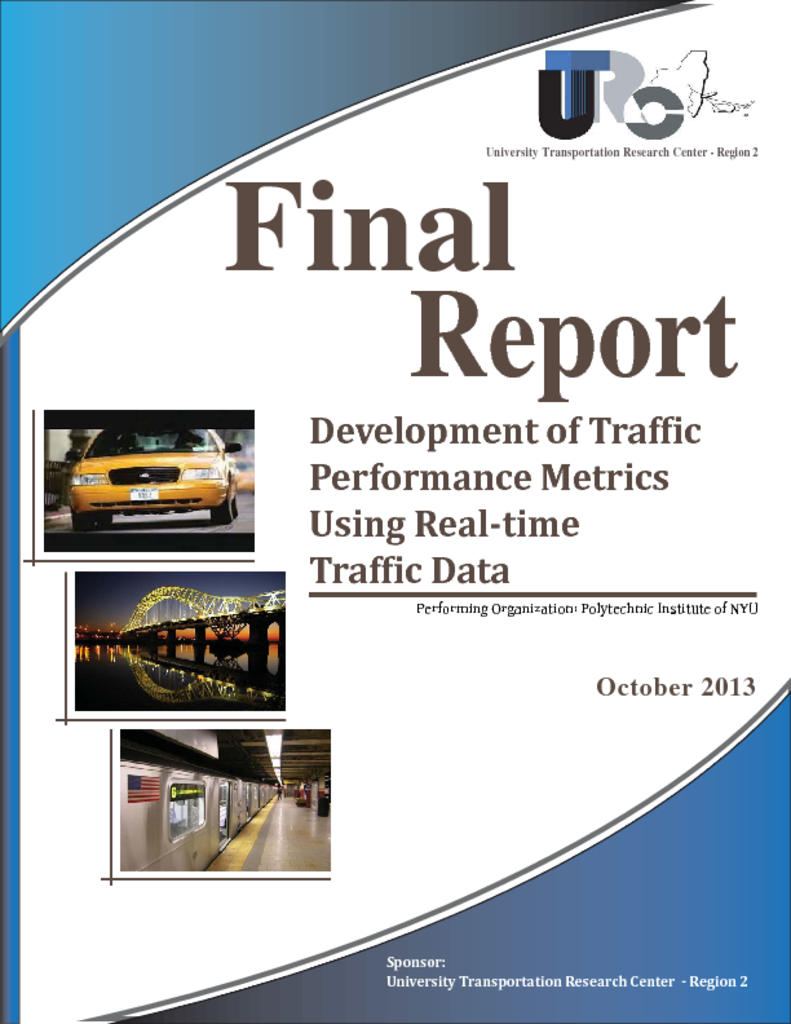In a congested urban street network the average traffic speed is an inadequate metric for measuring speed changes that drivers can perceive from changes in traffic control strategies.
A driver – oriented metric is needed. Stop frequency distributions were developed for avenue segments in Manhattan, NYC, from known vehicle travel times for the am, midday, and pm peak hours.
The stop frequency metrics were developed from archived real-time data for twenty avenue segments in Midtown Manhattan. Additional data sources included ETC (EZ-Pass) readers, Google Earth, and records of Traffic Signal Strategies.
Using the stop frequency metric it is possible to evaluate the benefits of adaptive traffic control systems (ATCS) over pre-ATCS deployment, by comparing the number of vehicles stopping more than an acceptable number of stops. Relationships were developed between average speed and a stop frequency threshold representing driver’s perception of annoyance.
In a very dense traffic network, where competition for street space among a multiplicity of users is very intense (as in Manhattan), ATCS implementation needs to be combined with the deployment of active traffic enforcement.
To be able to measure the drivers’ benefits of ATCS deployment it is fundamental to collect robust predeployment data


